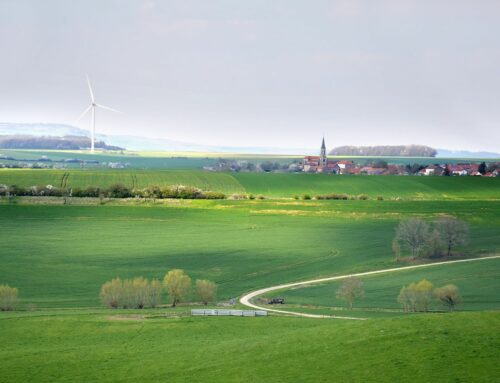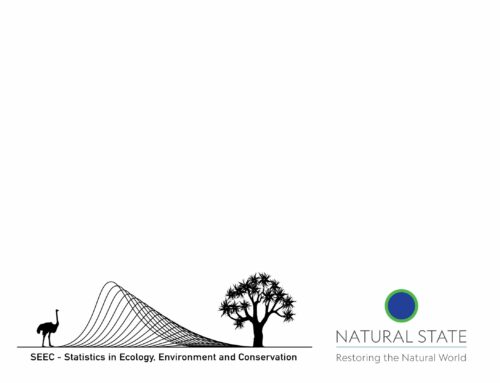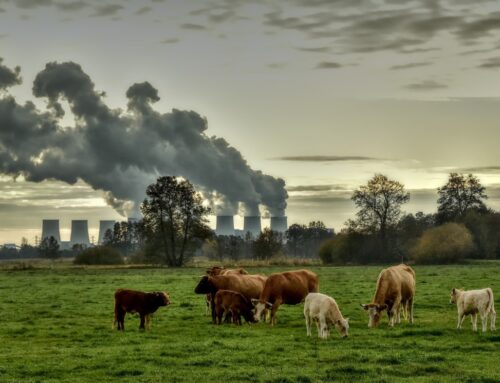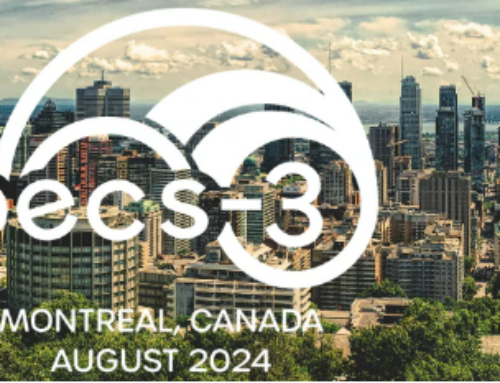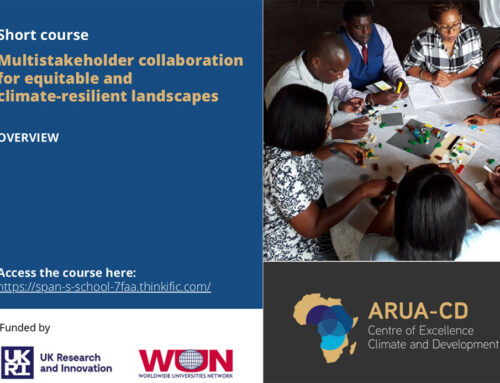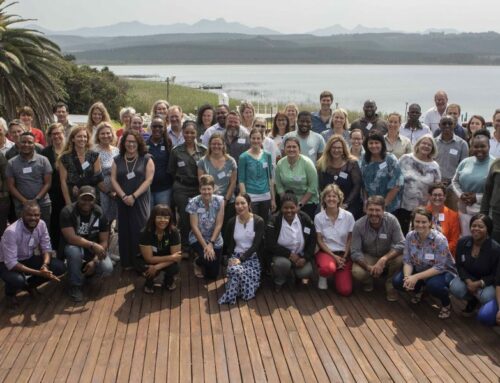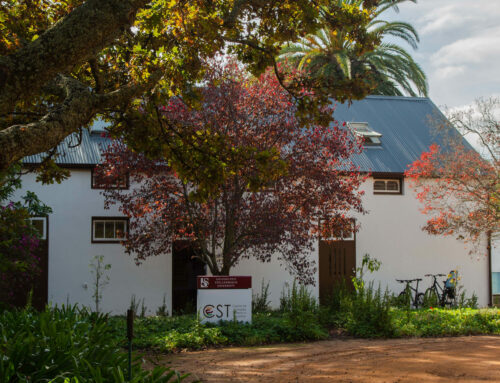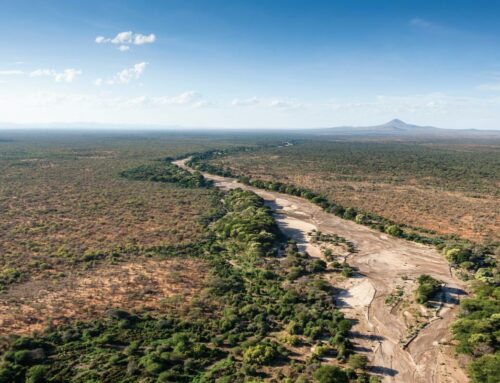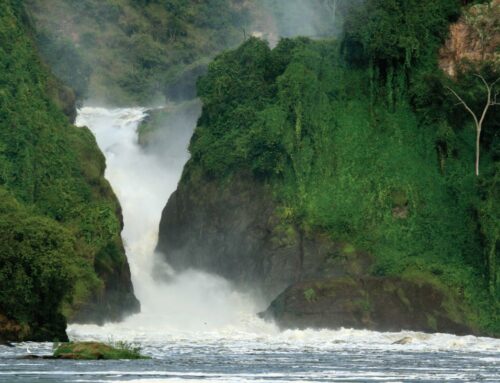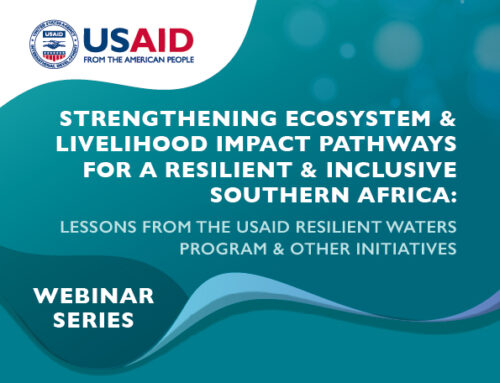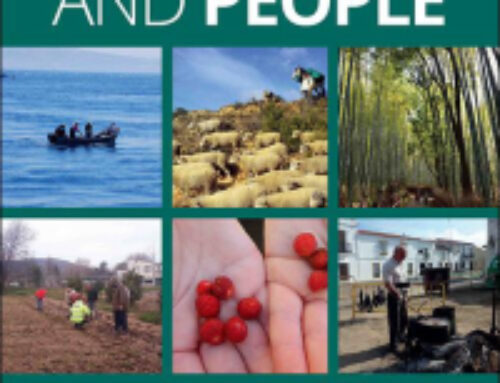This article by SAPECS Researcher Jessica Cockburn reflects on a recent workshop held with practitioners working on collaborative landscape-scale stewardship initiatives across South Africa.
We came from all different corners of South Africa to find common ground: …all the way from the West Coast: fynbos vegetation, commercial potato farmers and precious estuaries… all the way from the Marico Bosveld: thorny country with precious water resources, fiercely proud locals and the ever-present threat of mining… all the way from the Midlands of KwaZulu-Natal: hard-working farmers and agricultural landscapes covered in plantation forestry and dairy … all the way from pastoral grasslands: herders care for cattle which provide livelihoods and socio-cultural identity… and all the way from many other diverse contexts and projects, with a variety of stewardship objectives and practices.
We came from all different walks of life and work: local NGOs working with farming communities, leaders in large national NGOs asking questions about how they do the work they do, academics asking questions about how to do transdisciplinary research with landscape-scale stewardship initiatives, international NGOs piloting innovative facilitation and knowledge co-production processes for collaborative restoration of landscapes.
And we converged on ‘The Knoll’, on a small farm outside the village of Hilton in KwaZulu-Natal (South Africa), to learn and connect with one another!
It was surprisingly easy to find common ground: It turns out we were all committed to ‘Research and Learning for Connected Landscapes’, and we worked together to ponder these questions:
- What are the enablers and barriers of stewardship at the local level?
- What are the processes that support collaboration for stewardship in multifunctional landscapes?
These are the key research questions which I am exploring in my PhD at Rhodes University (Department of Environmental Science). My research is taking a transdisciplinary approach, by working across social and ecological disciplines, and co-producing knowledge in partnership between academics and practitioners. This convergence of ‘the young tribe’ of practitioners working in collaborative, landscape-scale stewardship initiatives across South Africa was the result of on-going engagements with these practitioners which culminated in a learning exchange workshop held in February 2017 as part of the knowledge co-production activities in my PhD. The pre-workshop activities included a broad survey across the country to identify suitable case studies for the more focused work. This was followed by a string of site visits to each of the six selected projects where I got to know the diverse social-ecological contexts in which the projects are embedded, and began gathering stories of their work in a ‘Learning Jar’ (see Panel 2). The six projects selected as case studies are:
- Baviaanskloof-Kouga-Krom Landscapes Project (Living Lands)
- Marico River Catchment Conservation Project (Endangered Wildlife Trust)
- uMzimvubu Catchment Restoration Project of UCPP (uMzimvubu Catchment Partnership Programme)
- Verlorenvlei Protected Areas Project (BirdLife South Africa & Wildlife and Environment Society of SA)
- WWF Grasslands Programme (WWF-South Africa)
- WWF Mondi Wetlands Programme (WWF-South Africa)
The workshop was designed with two primary objectives in mind:
- Through innovative facilitation methodologies, to create an inspiring opportunity for participants to share lessons for building collaboration for stewardship, and build new networks
- To collect insights and co-generate knowledge on collaboration and stewardship in landscape initiatives
The approach was based on U-Tools (developed by the Presencing Institute, based on ‘Theory U’ principles) and included activities such as dialogue walks, learning journeys, case clinics, and guided u-journaling. The intention of using these activities was to build a team spirit among participants through deep listening and sharing of personal experiences, and provide opportunity for self-reflection. These tools were complemented by knowledge-production activities such as the development of a ‘Map of Stories’ to set the scene and represent the diversity of contexts of the 6 case studies, and a ‘Map of Learning’ on which to capture and interrogate insights, lessons and findings throughout the workshop (See Panel 3).
So by now you’re hopefully wondering… what lessons did the tribe share and what now?
First and foremost, we learnt that we were glad to have found the other members of the tribe: Each project leader, in their local context or organisation is pushing the boundaries and innovating, working against a multitude of barriers to bring about change on the ground for improved stewardship. It can be lonely out there: there was a palpable sense of comfort, relief, renewed energy, in finding like-minded people, feeling free to express and share without having to explain too much, and feeling part of ‘a tribe’.
What lessons did we learn about building collaboration?
… that it takes time (at least 10 years), is resource intensive, requires particular skills and tools,
…that it may not always be necessary: localised, tangible stewardship actions and successes with individual farmers may be as important,
… that it can be extremely difficult and require personal sacrifices and that facilitators at the coal face need support systems,
… and that NGOs need to be catalysts and orchestrators of collaboration, but without the community and landscape taking ownership of stewardship, success will not be sustainable.
What lessons did we learn about enabling stewardship and overcoming barriers to stewardship?
… that identifying ways of ensuring tangible benefits of stewardship practices to farmers is important but difficult,
… that making links to market enablers and economic incentives can drive behaviour change and enable stewardship,
… that re-focusing stewardship on stewards, recognising their needs and priorities, and creating an enabling environment for them to become good stewards is an important starting point. This might mean doing things what do not seem directly related to the overall conservation outcomes we are striving for.
… that embedding stewardship facilitators in a landscape, for the long-term, and building meaningful relationships based on trust and mutual understanding is key to bringing about sustainable shifts to collaborative stewardship in multifunctional landscapes.
What did I, as a young scholar, exploring transdisciplinary research methodologies for place-based social-ecological research, learn from the experience?
… that facilitating knowledge co-production processes which emphasise both trust-building and knowledge building is a tricky tight-rope to walk: in this instance, I think we were more successful in building relationships, and did not have sufficient time to dig more deeply into the research questions,
… that the u-tools are a powerful means of bringing people together and creating ‘safe spaces’ for people to share personal experiences and self-reflect,
… that good food and drink, and beautiful outdoor settings are powerful enabling conditions for collaborative learning processes! (as provided at The Knoll!)
What now? The knowledge co-generated during this process will be incorporated into my PhD research, and I am in the process of analysing and writing it up. Furthermore, sparks of connection have been created through this learning exchange, and we hope that the various members of the tribe will keep in contact with one another. We have developed an online platform to share further lessons, resources, and information with the rest of the group in the future.
We all diverged back to our different landscapes, fields of work and research, and homes again after the two days. Keeping connected can be difficult, but this may just be the start of a new community of practice. I believe that the inspiration, energy and new connections that were made during this first gathering of this young tribe may have unexpected outcomes far into the future, and will be a positive force for good in the community of practitioners and researchers working on collaborative landscape stewardship initiatives in South Africa.
How are you building collaboration for stewardship? How are you using innovative methodologies for knowledge co-production?
Connect with me on Twitter @jess_cockburn or drop me an email… let’s start a conversation to keep learning for landscapes: jessicacockburn@gmail.com
I would like to acknowledge the support and collaboration of my supervisors: Georgina Cundill, Mathieu Rouget,and Sheona Shackleton; fellow workshop facilitators: Catherine Andersson, Dieter Van Den Broeck, and Daan van Diepen, and workshop participants: Vaughan Koopman, David Lindley, Sue Viljoen, Ayanda Cele, Samantha Schroder, Marijn Zwinkels, Ancia Cornelius, Ian Little, JP Le Roux, Joyce Loza, and Nicky McLeod.
This research is part of the PECS Working Group on Collaborative Governance and Management.






